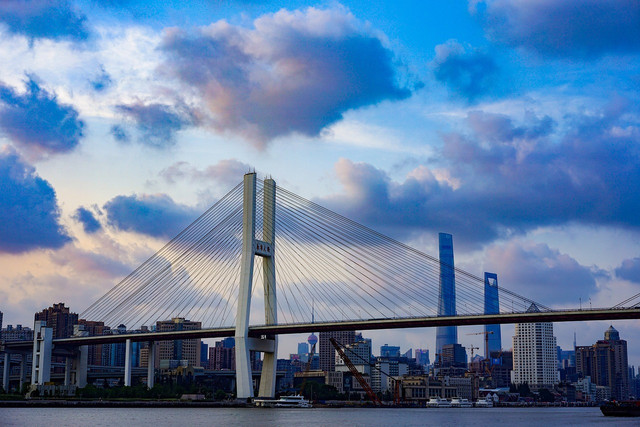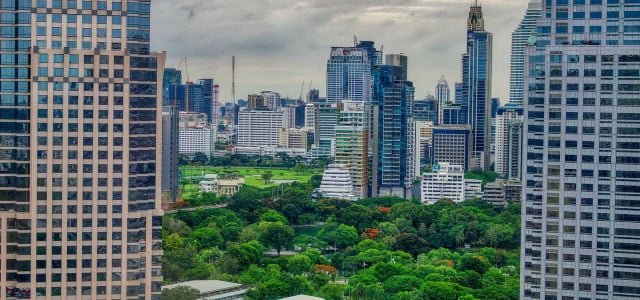Sponge cities are being developed throughout China in order to fight dramatic flooding induced by climate change. The rest of the world can follow this example.
Chinese professor Kongjian Yu first developed the sponge city model in the early 2000s while studying landscape architecture at Harvard University. Yu developed the model in hopes that Chinese cities could alleviate flood damage through natural, sustainable drainage of rainwater. The Chinese government adopted the sponge city model across the country in 2012 to better control storms and flooding.
The most important principle of sponge cities is that storm water must be captured at its source, where it falls, rather than being redirected. Permeable sponges are distributed throughout the city in order to absorb water. Rather than moving water through levee systems, natural sponges such as wetlands, forests, rain gardens and ponds store and filter the water.
Building Sponge Cities

(Foto: CC0 / Pixabay / AlainAudet)
The main benefits of sponge cities are flood prevention and water storage. By filling cities with green spaces which absorb water, there are natural systems in place to prevent and control flooding. Natural systems not only catch the water, but store and purify it. This helps alleviate water shortage. In hot climates, sponge cities keep cool rather than asphalt-heavy cities which insulate heat. Furthermore, prioritizing natural spaces throughout cities increases biodiversity and improves the ecological environment.
The three main aspects of sponge cities are:
- Protection of the original urban ecosystem: focuses on maintaining natural vegetation, soil and microorganisms.
- Ecological restoration: refers to strengthening natural areas.
- Low-impact development: protecting the environment when building roads, buildings and other architecture.
The only negative aspect of urban cities is that there’s less space for buildings, as green space must be prioritized. With a rapidly growing population, this may be difficult in cities that want to have lots of offices, shops and affordable housing. The main obstacle to building sponge cities is community engagement. While it doesn’t require very much funding, the sponge city model does require commitment.
Policy makers, environmental planners, entrepreneurs and community members must all be on board in order to adopt a dramatic shift from conventional grey architecture to a sponge city.
Examples of Sponge Cities



(Foto: CC0 / Pixabay / wangchaoach)
The Chinese government has adopted the sponge city model with the goal of 80 percent of urban areas being sponge cities by 2030. 30 cities across the country were the first to be transformed, including Beijing, Shanghai, Pingxiang, Xiamen and Zhenjiang. Each has a 60 percent rate of green space. The cities have been shown to improve water quality, provide recaptured rainwater, reduce flooding, reduce railway problems and reduce urban heat island intensity. China plans to continue transforming its metropolitan areas into further sponge cities.
Other cities with high rankings of ‘sponginess,’ though not necessarily sponge cities, include Nairobi, Auckland and Singapore. Auckland had a somewhat higher rating due to its stormwater systems, golf courses, green parks and large residential gardens. The rest of the world definitely has some catching up to do with China, which has shown sponge cities are achievable even with the highest worldwide population.
Read more:
- The 15-Minute-City: How Real Can It Be?
- 10 of the World’s Greenest Cities
- Garden City Movement: History, Examples and Criticism
Do you like this post?






